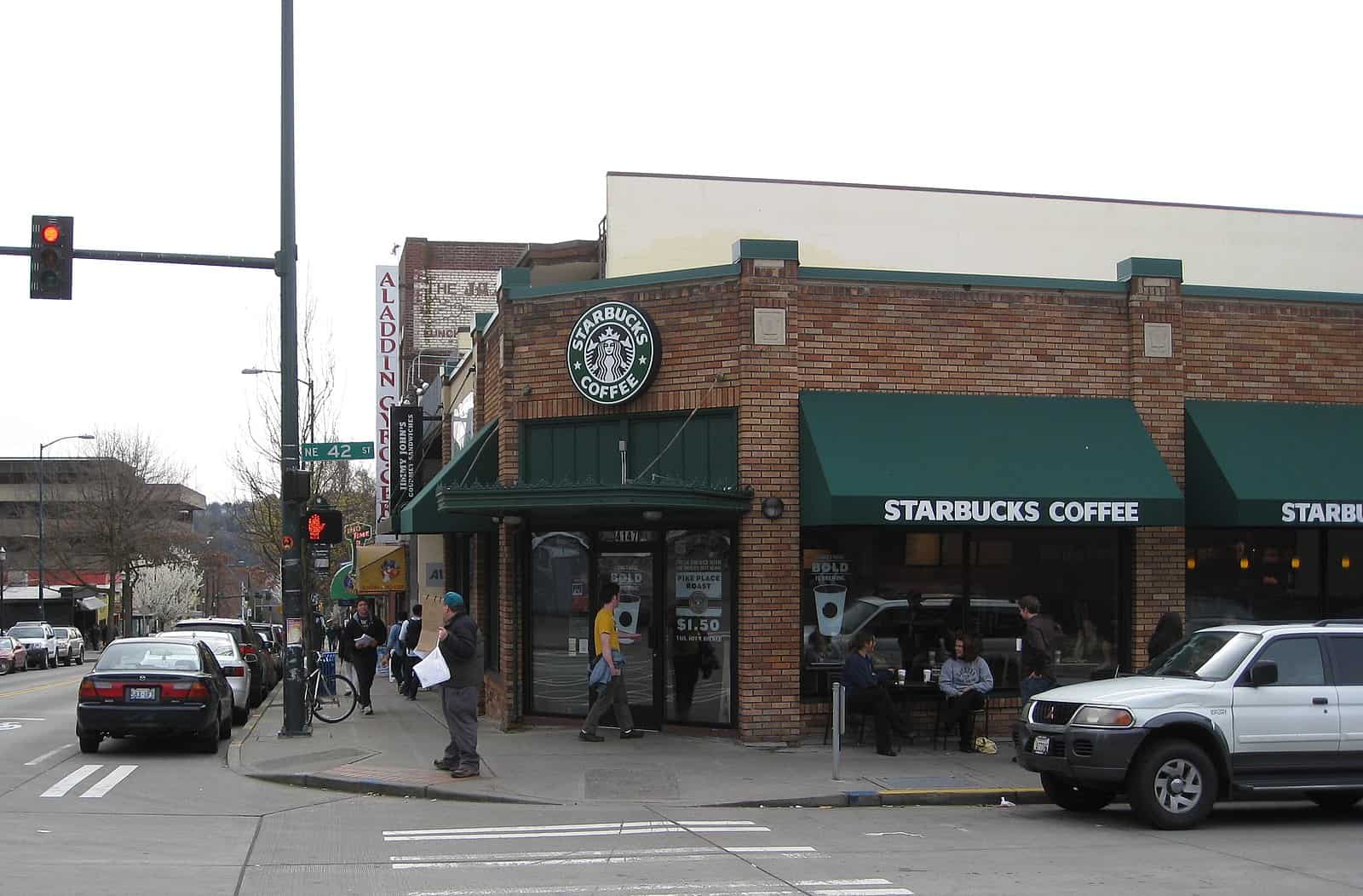Welcome to DU!
The truly grassroots left-of-center political community where regular people, not algorithms, drive the discussions and set the standards.
Join the community:
Create a free account
Support DU (and get rid of ads!):
Become a Star Member
Latest Breaking News
Editorials & Other Articles
General Discussion
The DU Lounge
All Forums
Issue Forums
Culture Forums
Alliance Forums
Region Forums
Support Forums
Help & Search
NEWS & COMMENTARY December 11, 2022

By Kevin Vazquez
Kevin Vazquez is a student at Harvard Law School.
One year ago last Friday, on December 9, 2021, Starbucks workers in a Buffalo, New York store became the first in the country to unionize, joining the independent union Workers United. Since then, union organizers and workers have been waging a tumultuous nationwide campaign against the company, which has fervently (and often illegally) resisted. The fruits of the raucous union fight are evident: this year, workers at more than 330 Starbucks locations held representation elections with the NLRB, and, to date, 268 of them have voted in favor of unionizing. Nonetheless, despite such extraordinary and unprecedented success—which has sparked a surge in union activity across the service industry—Starbucks’ vicious opposition, spearheaded by its longtime CEO, Howard Schultz, has borne its own, albeit rotten, fruit: unionized Starbucks stores still represent less than three percent of the company’s more than 9,000 locations in the U.S., and the number of new stores filing for representation elections with the NLRB has been steadily declining since its peak in March—in that month, nearly 70 stores filed for elections; last month, it was fewer than 20. Undoubtedly, this dip in organizing efforts is largely a consequence of Starbucks’ unstinting embrace of illegal anti-union tactics, as evidenced by the 457 unfair labor practice charges filed against the company in the last year. Moreover, Starbucks has yet to sign any collective bargaining agreement with Workers United, which has accused the company of bargaining in bad faith to deliberately prolong negotiations and has lodged numerous additional ULP charges to that effect. Indeed, earlier this month, a three-member NLRB panel ruled against Starbucks for refusing to bargain at a store in Seattle and ordered the company to bargain in good faith with the union.
In any event, one year on, the Starbucks union flurry—while remaining incredibly inspiring and infusing much-needed energy and enthusiasm into the flagging labor movement, particularly in the service sector—has also made evident the manifest flaws and severe deficiencies in the U.S. labor law regime, which all but permits employers to crush union organizing drives and evade any legal obligations to recognize or bargain with unions where organizing campaigns are successful.
To that end, a New York Times piece published today by Noam Scheiber and Julie Creswell, “Why is Howard Schultz Taking This So Personally?,” states that, according to “friends and longtime colleagues” of the beleaguered Starbucks CEO, his visceral opposition to the union “isn’t primarily about the bottom line,” as many have fairly presumed, but instead arises from a much more personal sentiment: “A union clashes with his image of Starbucks as a model employer.” Schultz, the article states, a longtime Democratic donor who was not generally perceived to be particularly anathematic to the interests of labor prior to this year—and, indeed, was even reportedly Hillary Clinton’s selection for Labor Secretary during her failed 2016 presidential run—is resisting the union drive as “a matter of self-image.” In short, “[h]e prefers to see himself as a generous boss, not a boss who is forced to treat employees generously.” Many Starbucks employees, of course, whose yearslong exasperation with long and erratic hours, abusive treatment, low pay, and poor benefits precipitated the flurry of union organizing, disagree with Schultz’s self-characterization as a “generous” boss. Regardless, his unyielding personal opposition has effectively stymied Workers United’s nationwide organizing campaign, and the New York Times article is a fascinating exploration of the motives that may be impelling him to do so, though it neglects to mention the ineffectual legal regime that has permitted Schultz to indulge his anti-union preferences with impunity, which is doubtlessly a central component of this story.
In other news, faculty members at the New School in New York, represented by the UAW, ended their three-week strike—which had grown increasingly acrimonious in the last week—after reaching a tentative agreement with the university late Saturday evening. The strike had virtually halted operations at the university entirely, as nearly 90 percent of the faculty consists of the untenured adjunct professors and lecturers who were striking for better wages and benefits. Though precise details have not yet been released, the New School released a statement calling the agreement “a strong, fair, five-year contract that increases compensation significantly, protects health care benefits, and ensures that part-time faculty are paid for additional work done outside the classroom to support our students.” A statement from the union declared that the agreement included “substantial raises,” though union members have said that their compensation under the tentative agreement would remain below that of comparable universities, though their health insurance demands had been met.
FULL story: https://onlabor.org/weekend-news-commentary-december-11-2022/